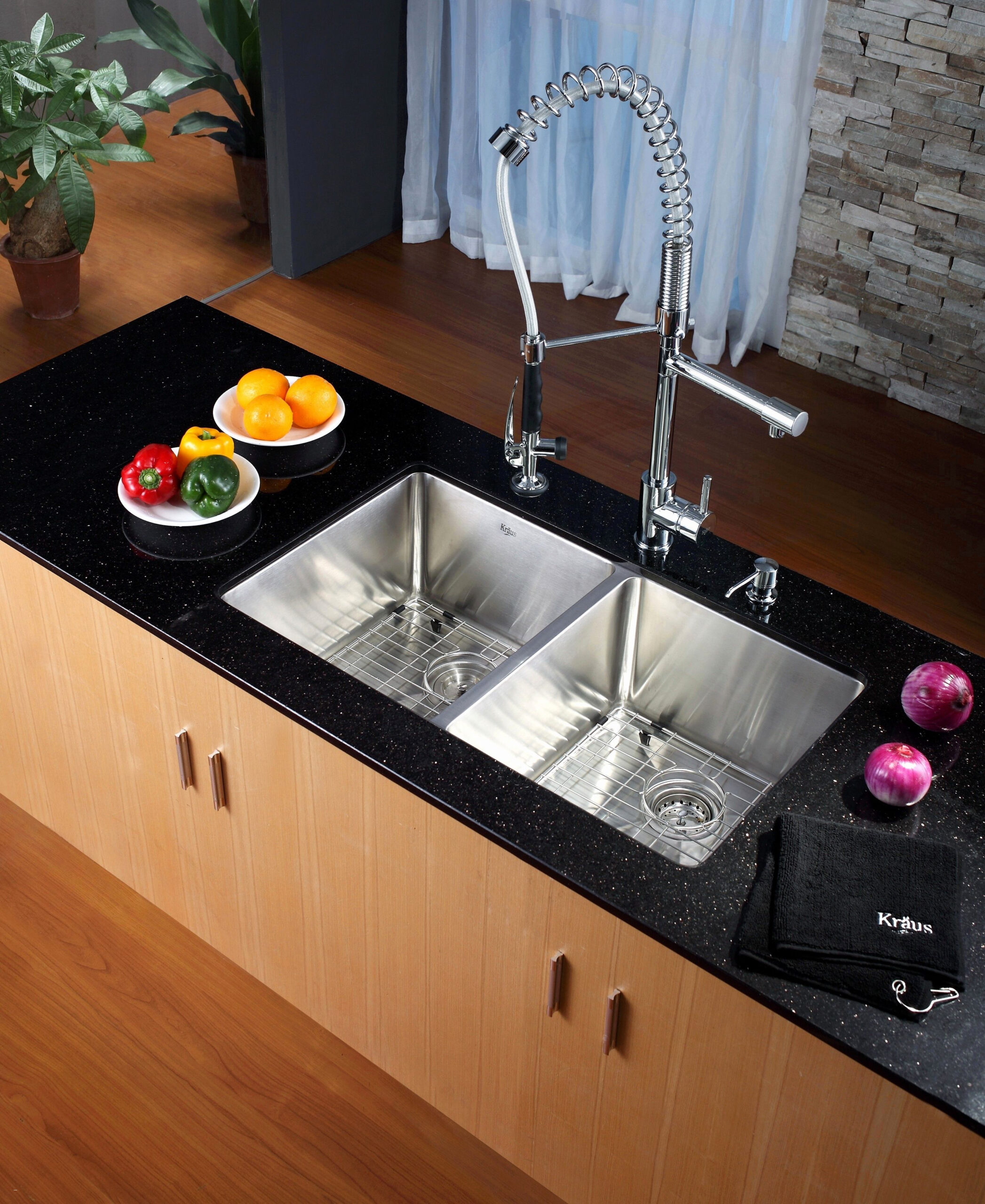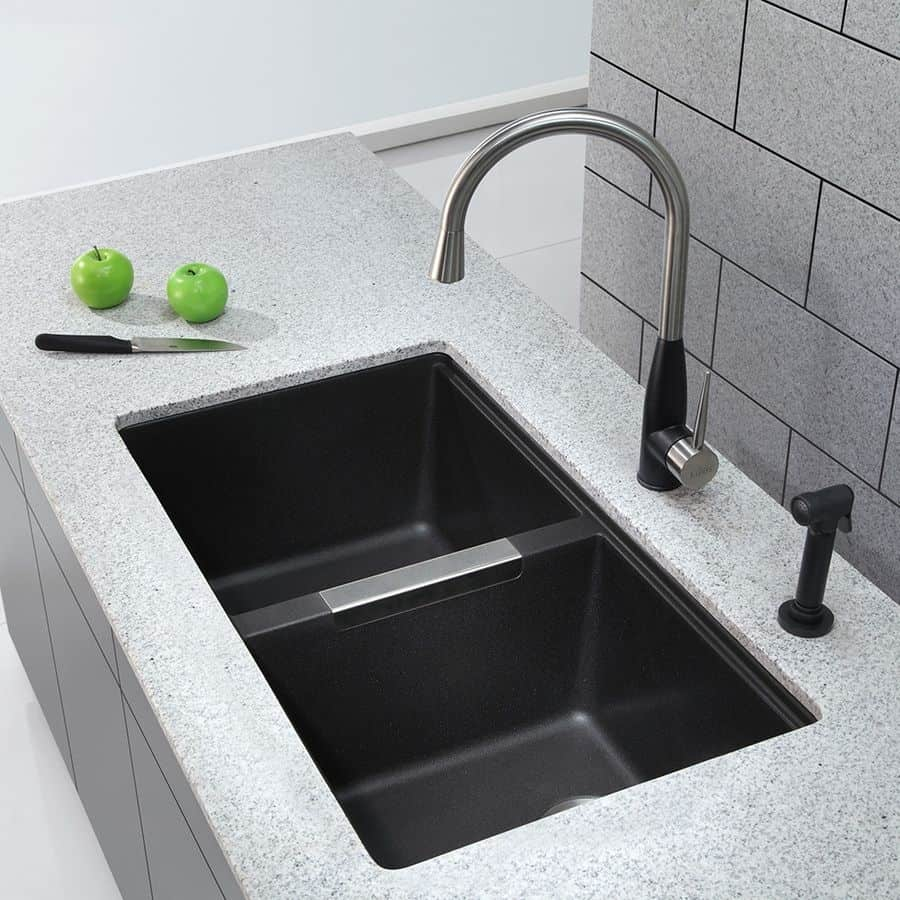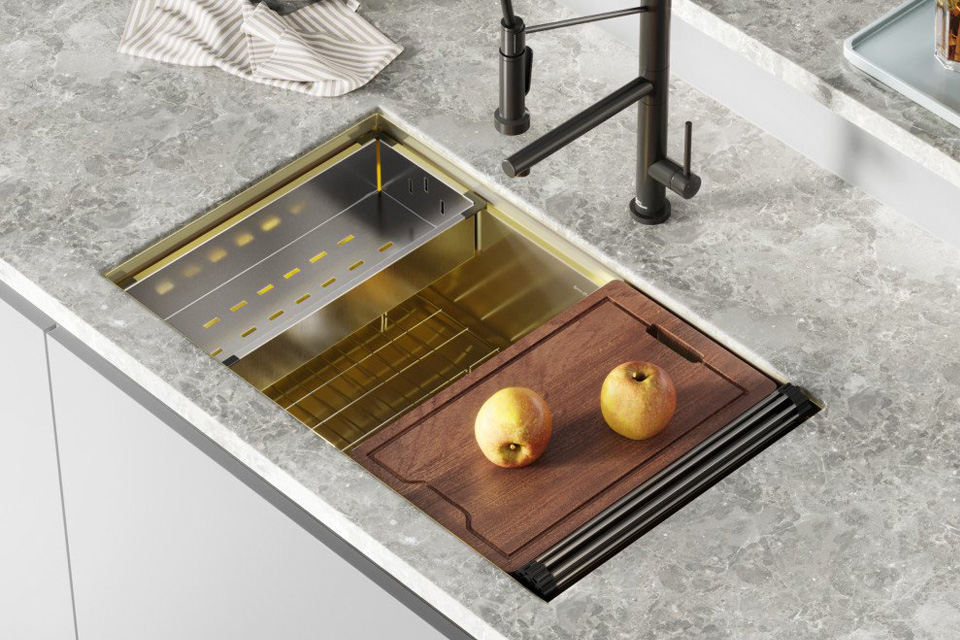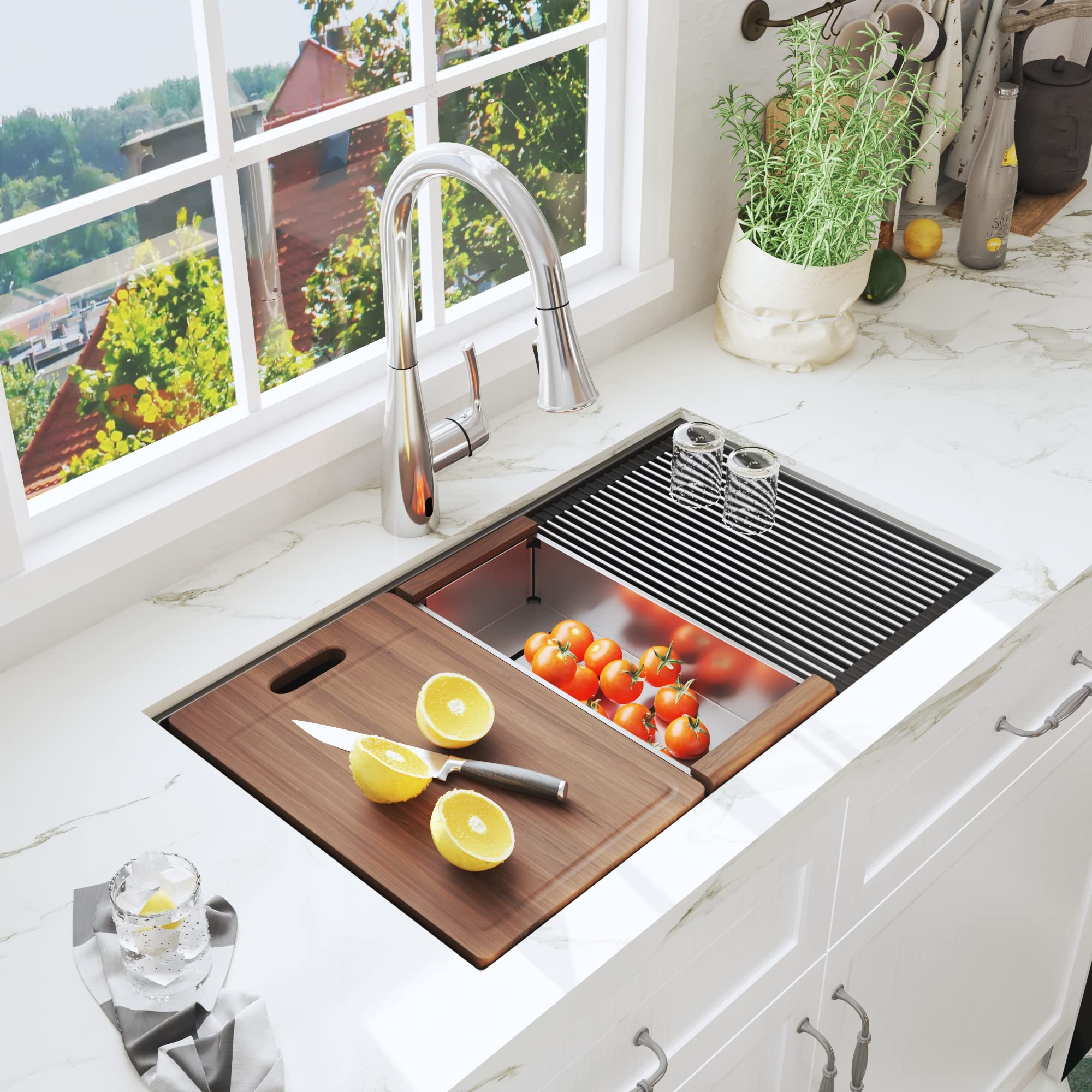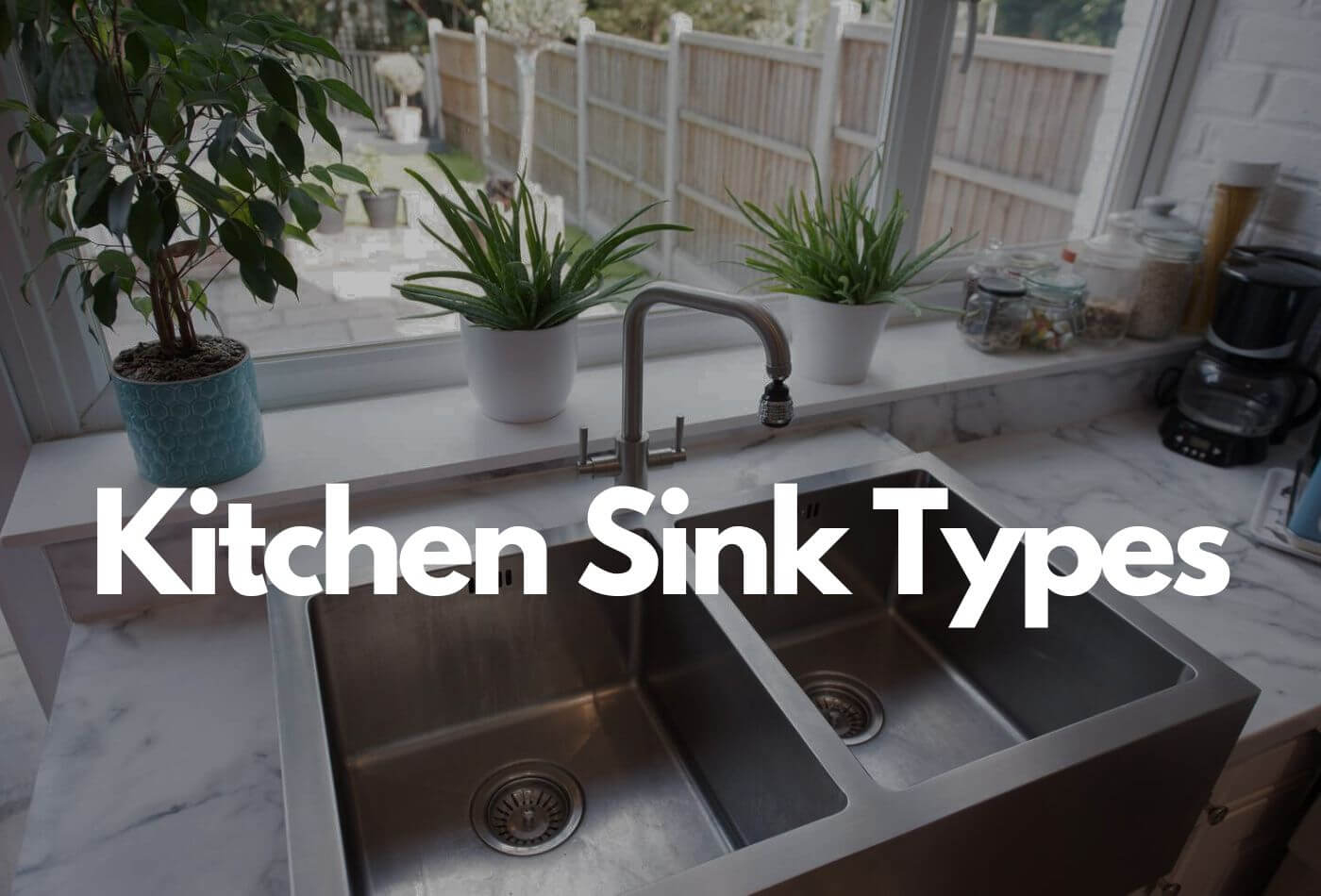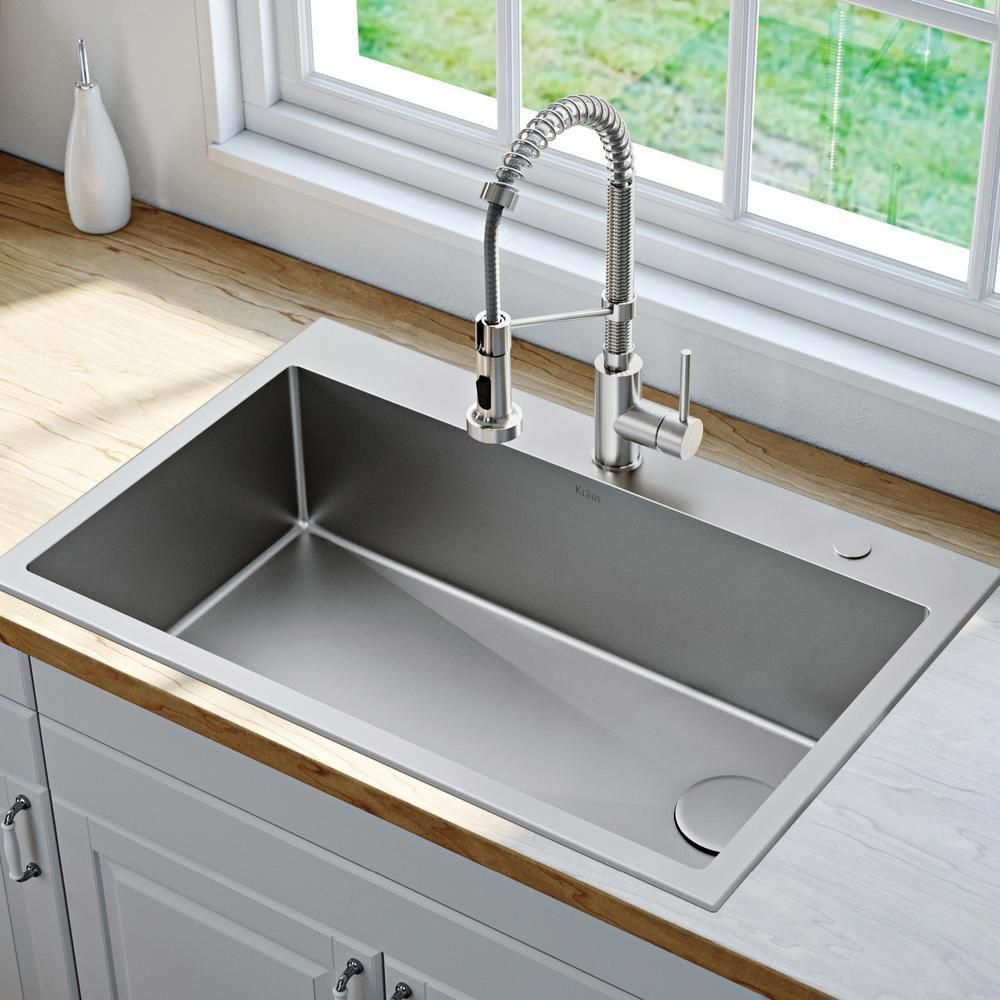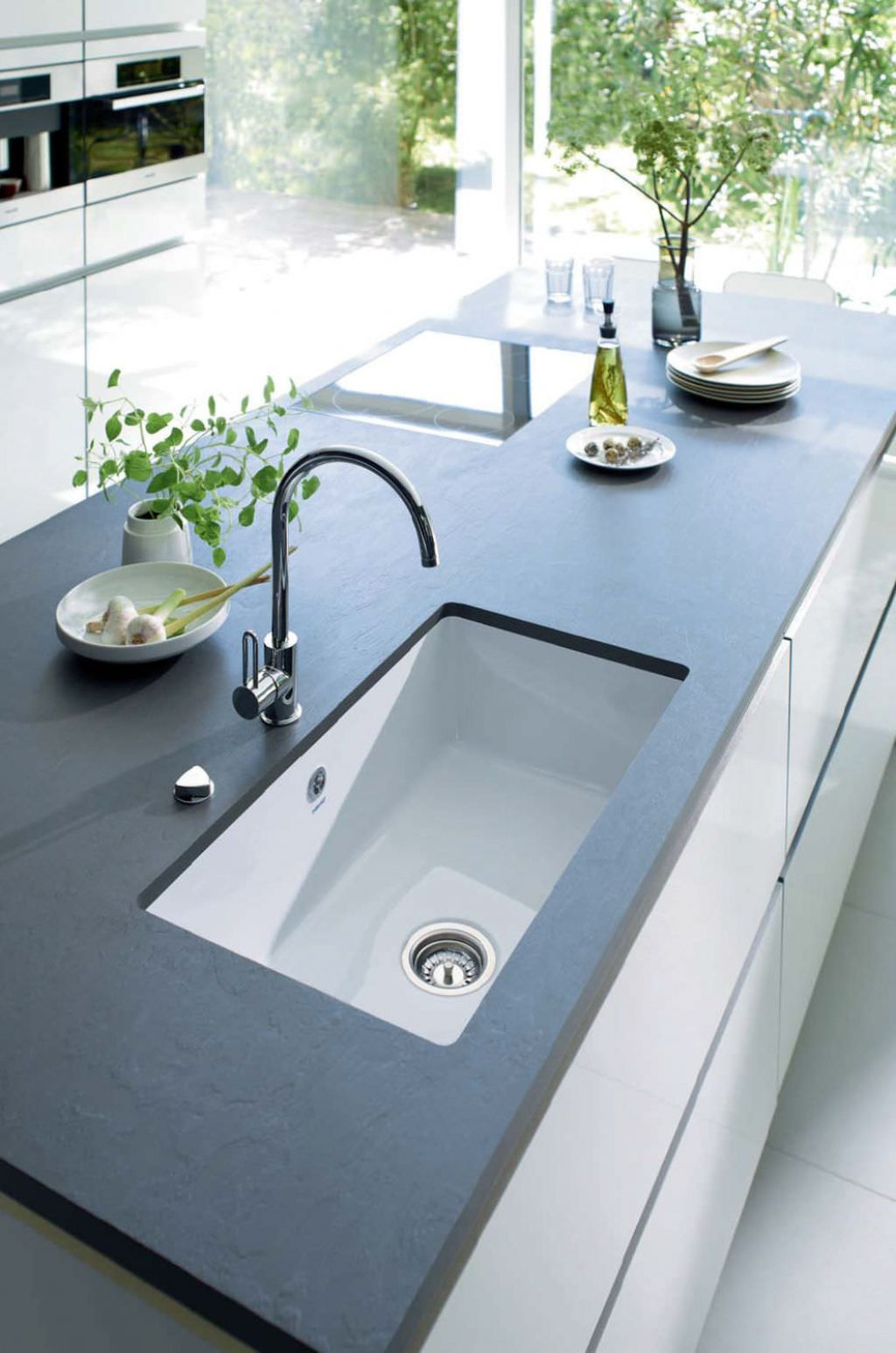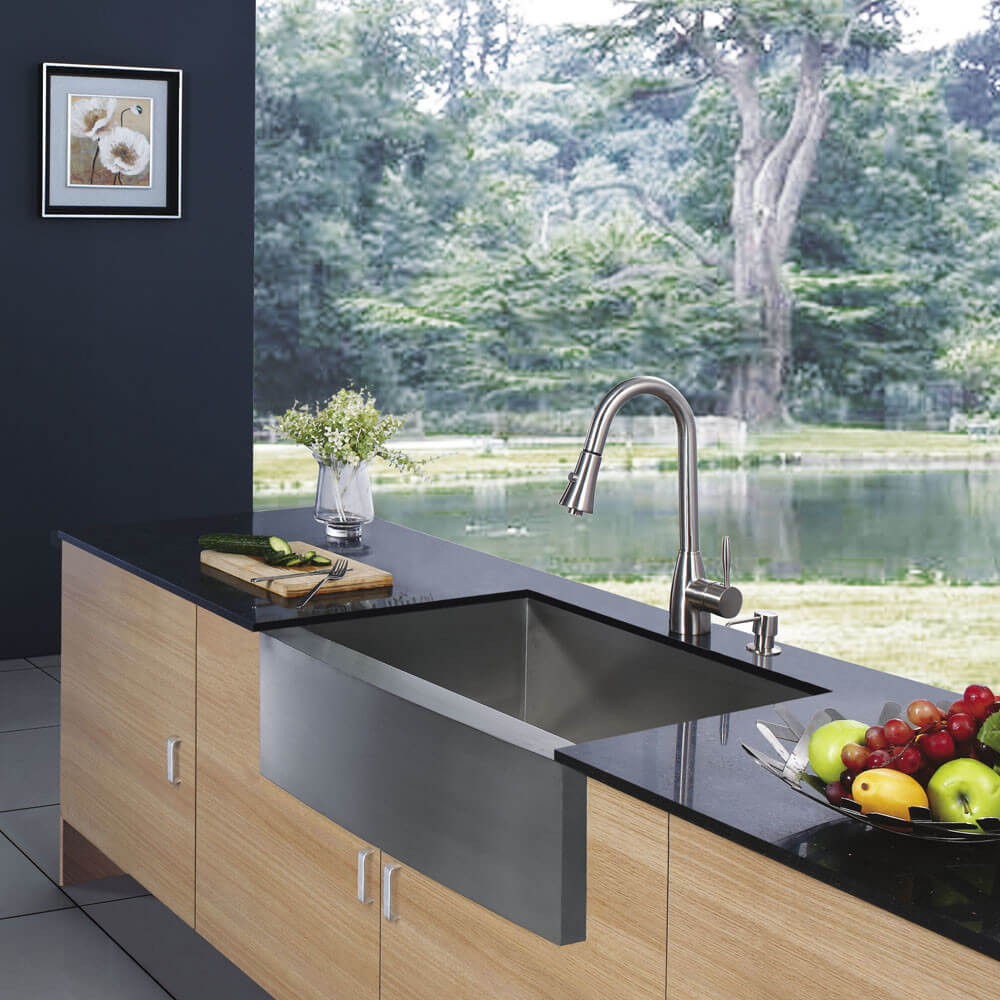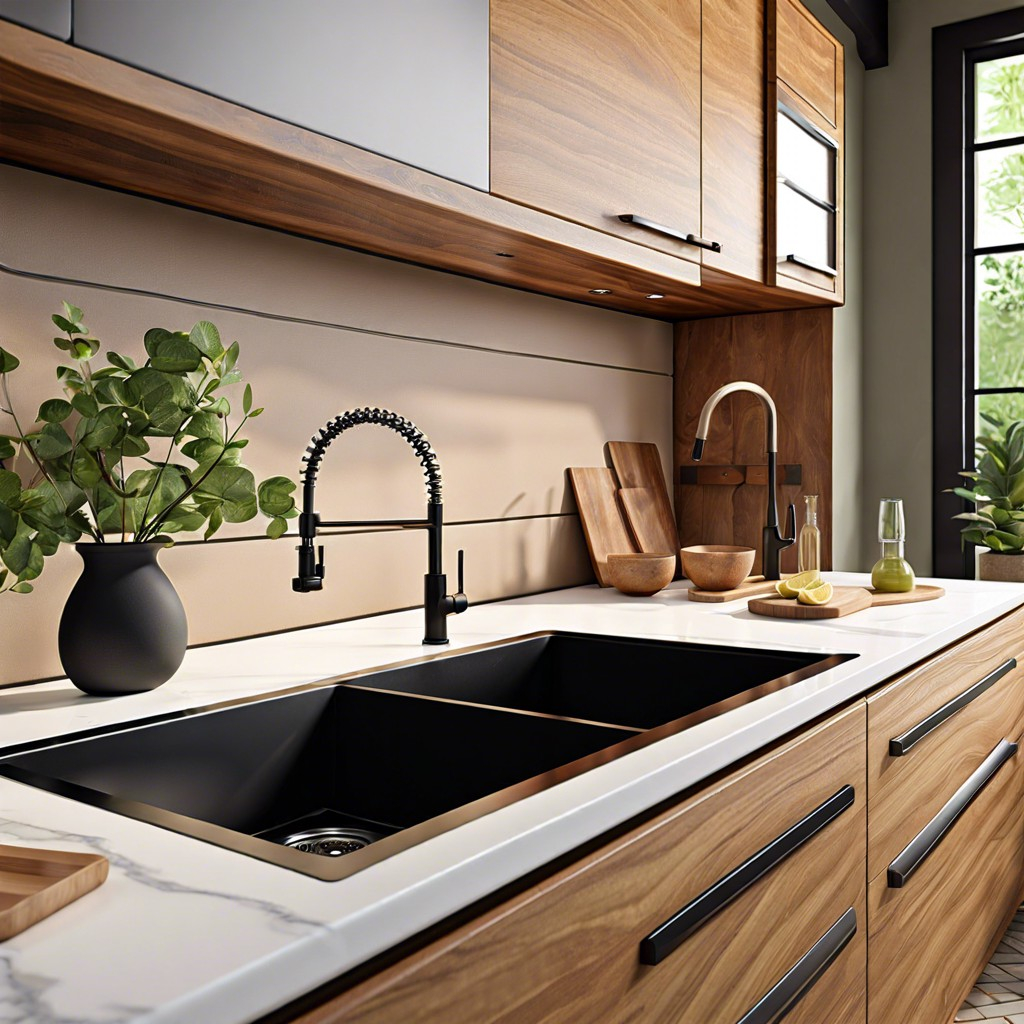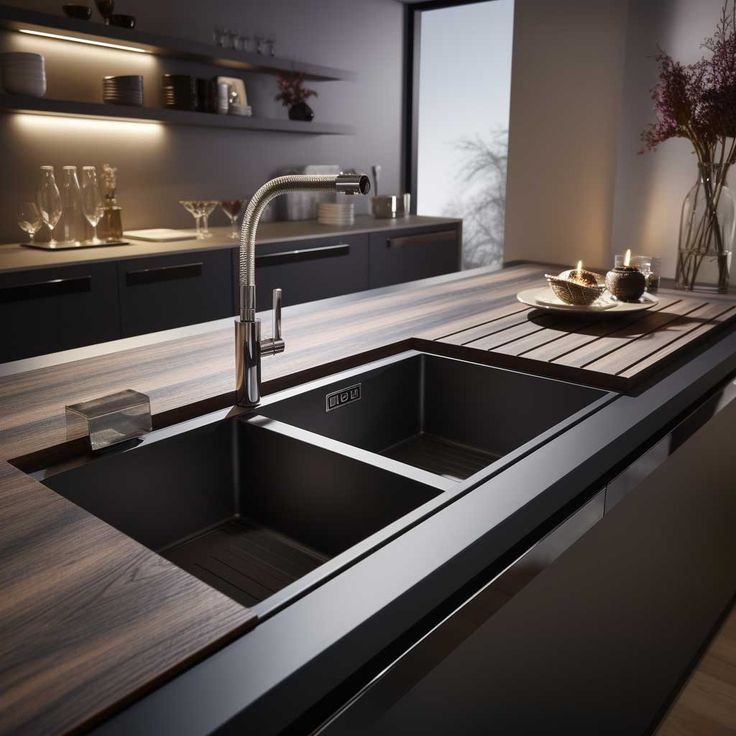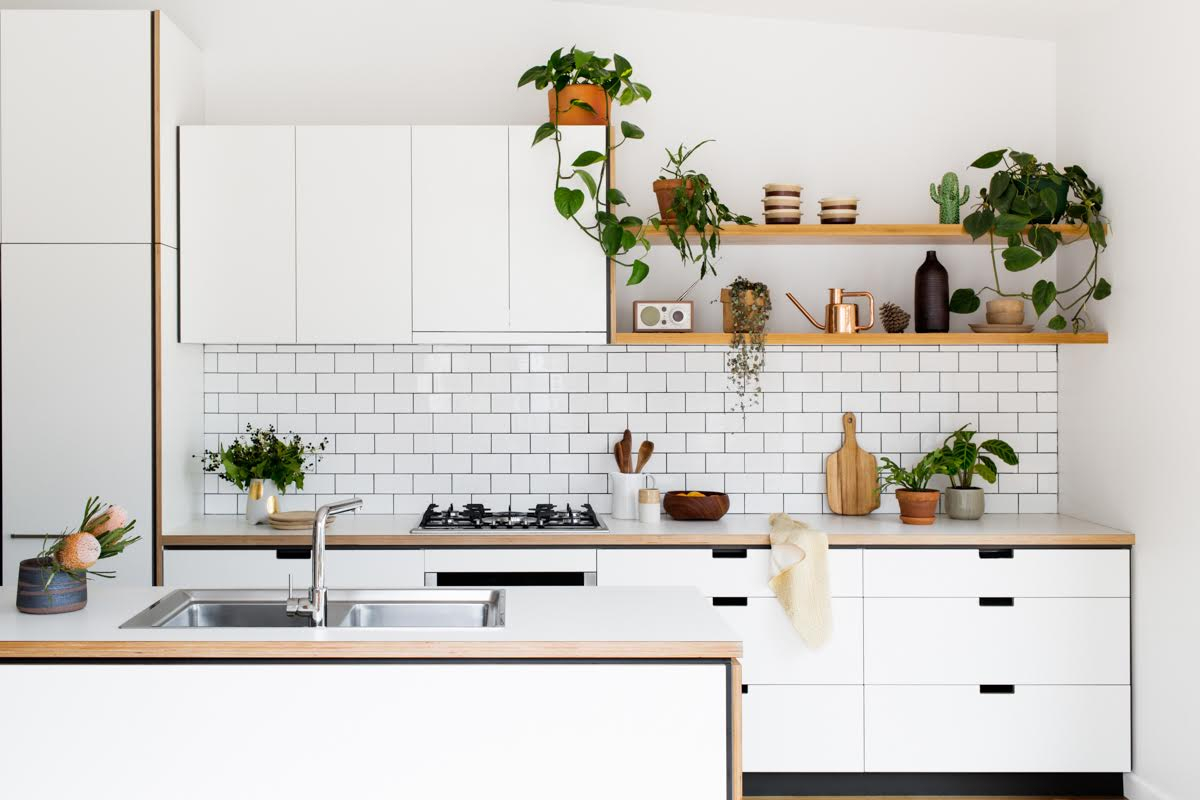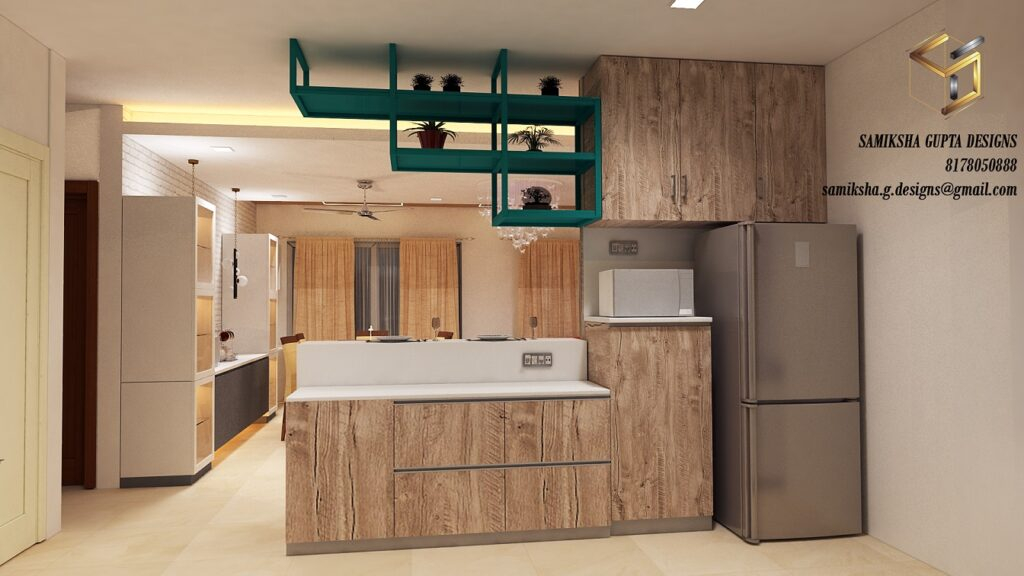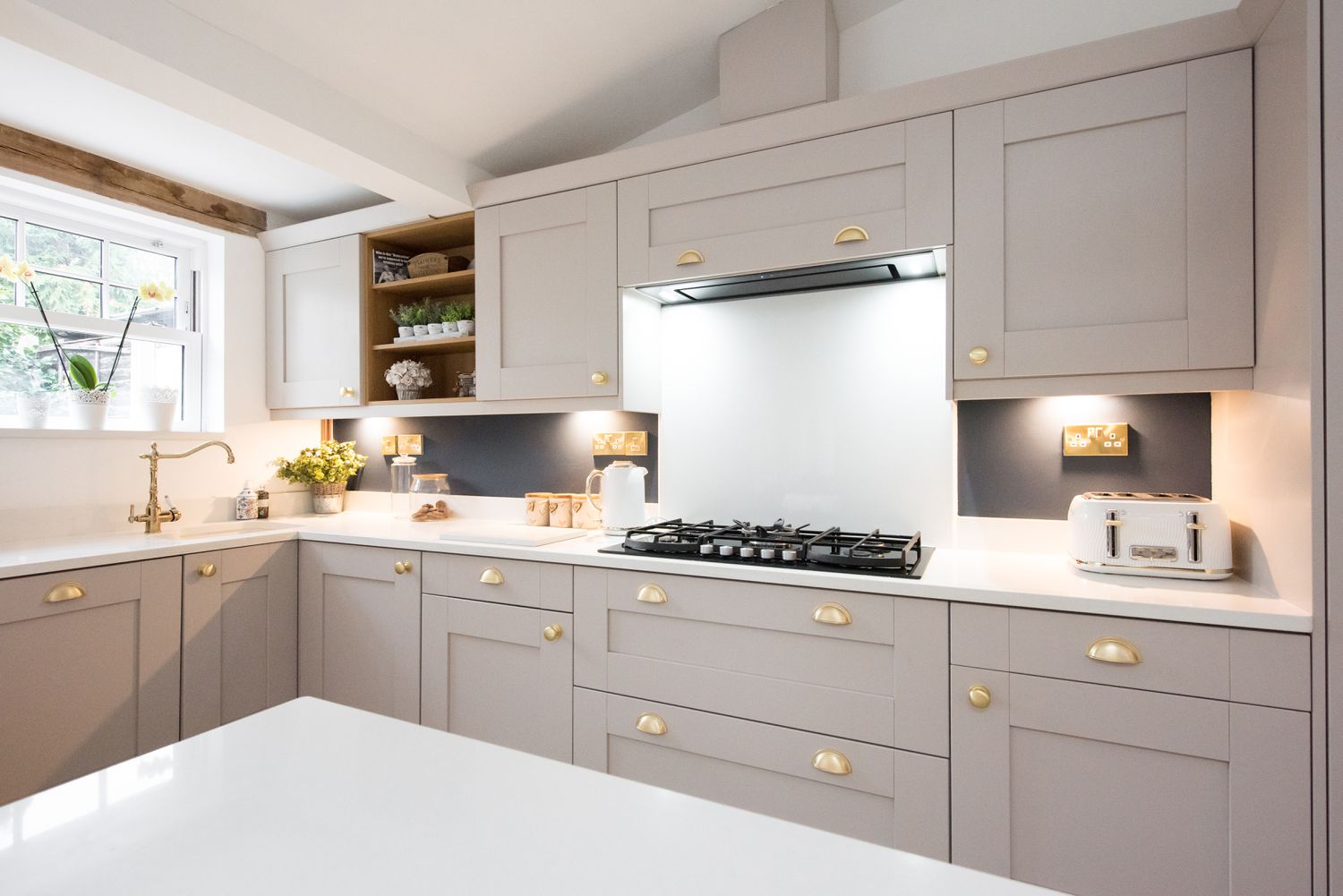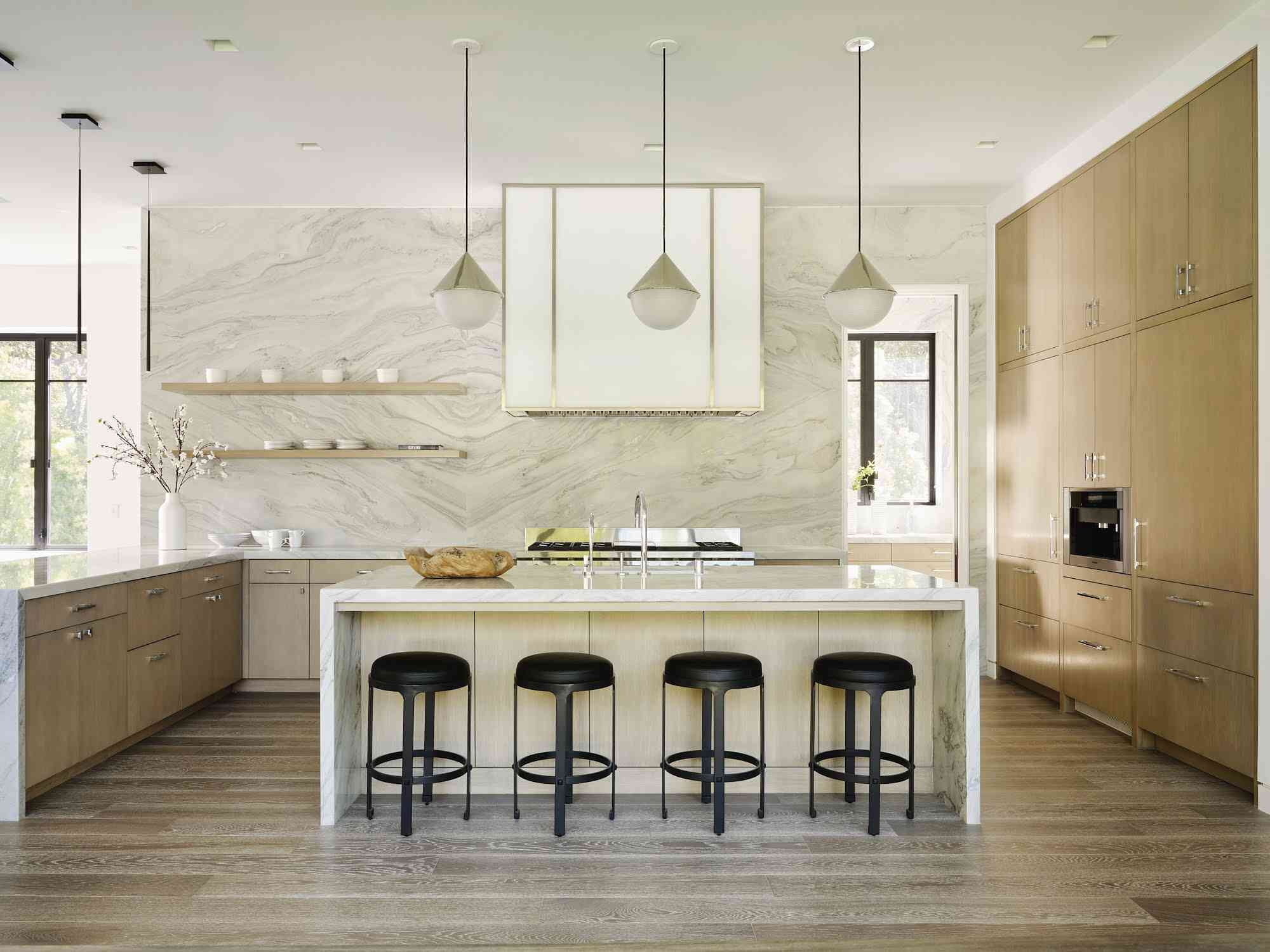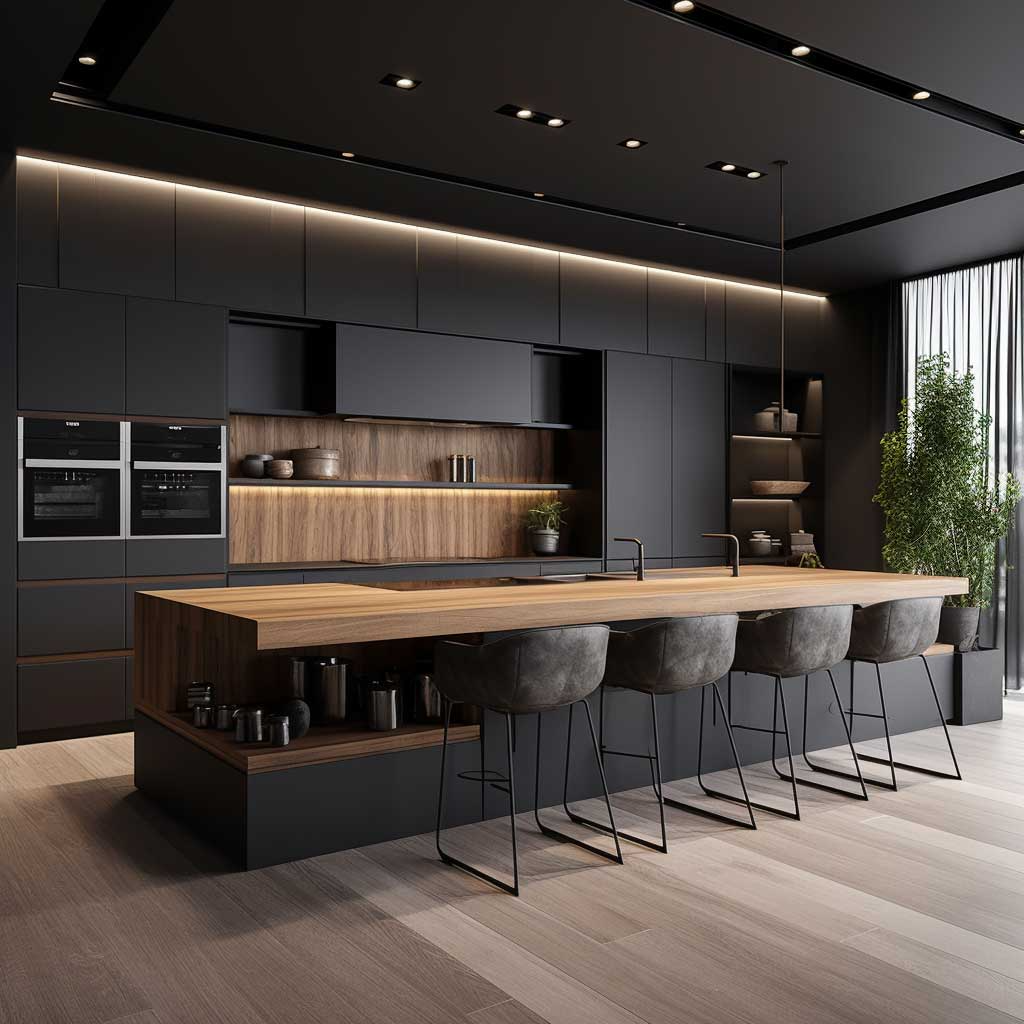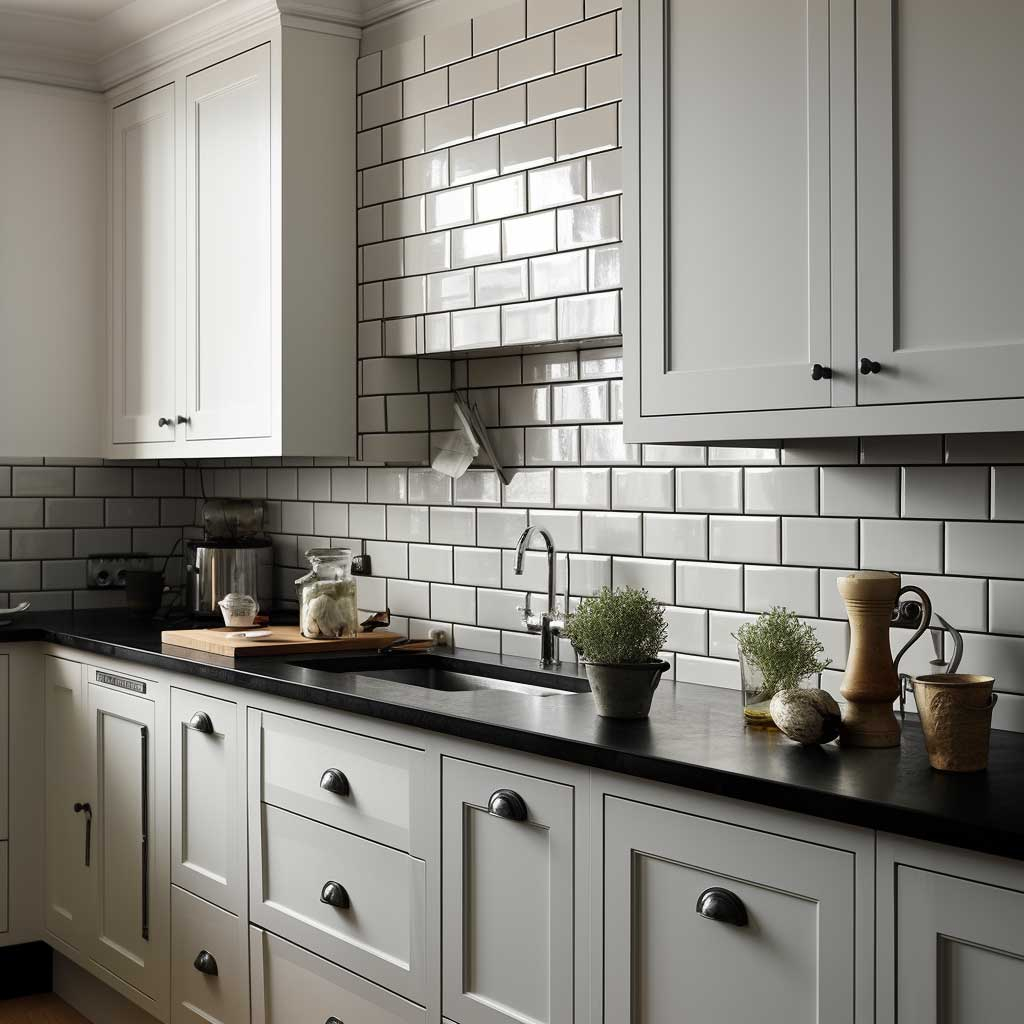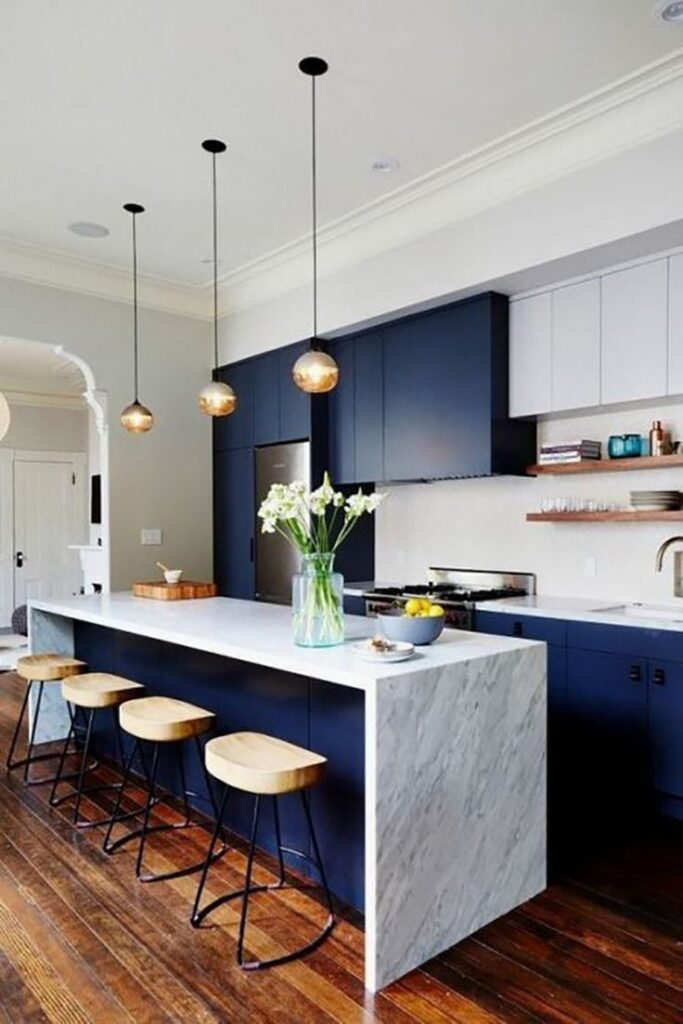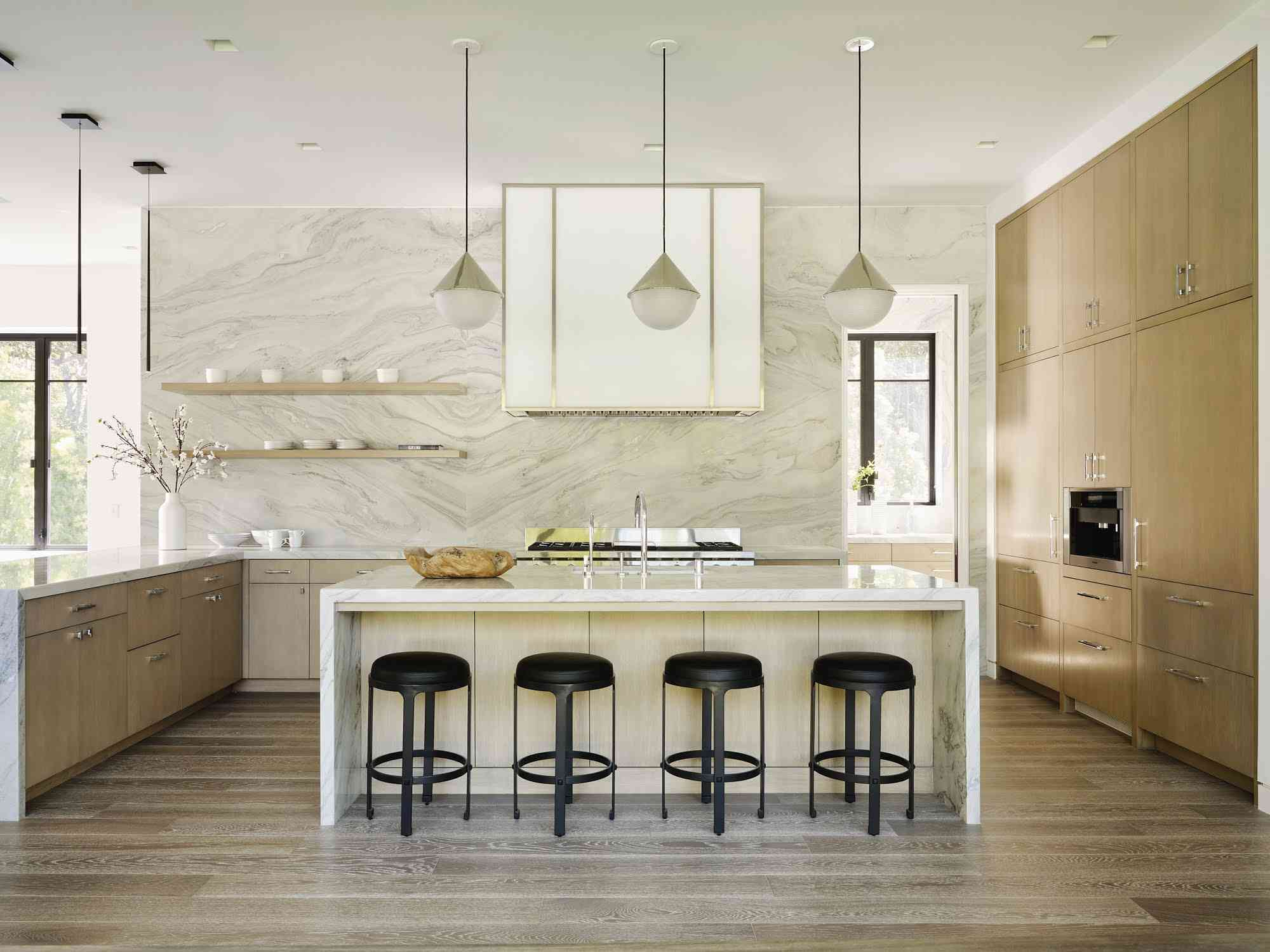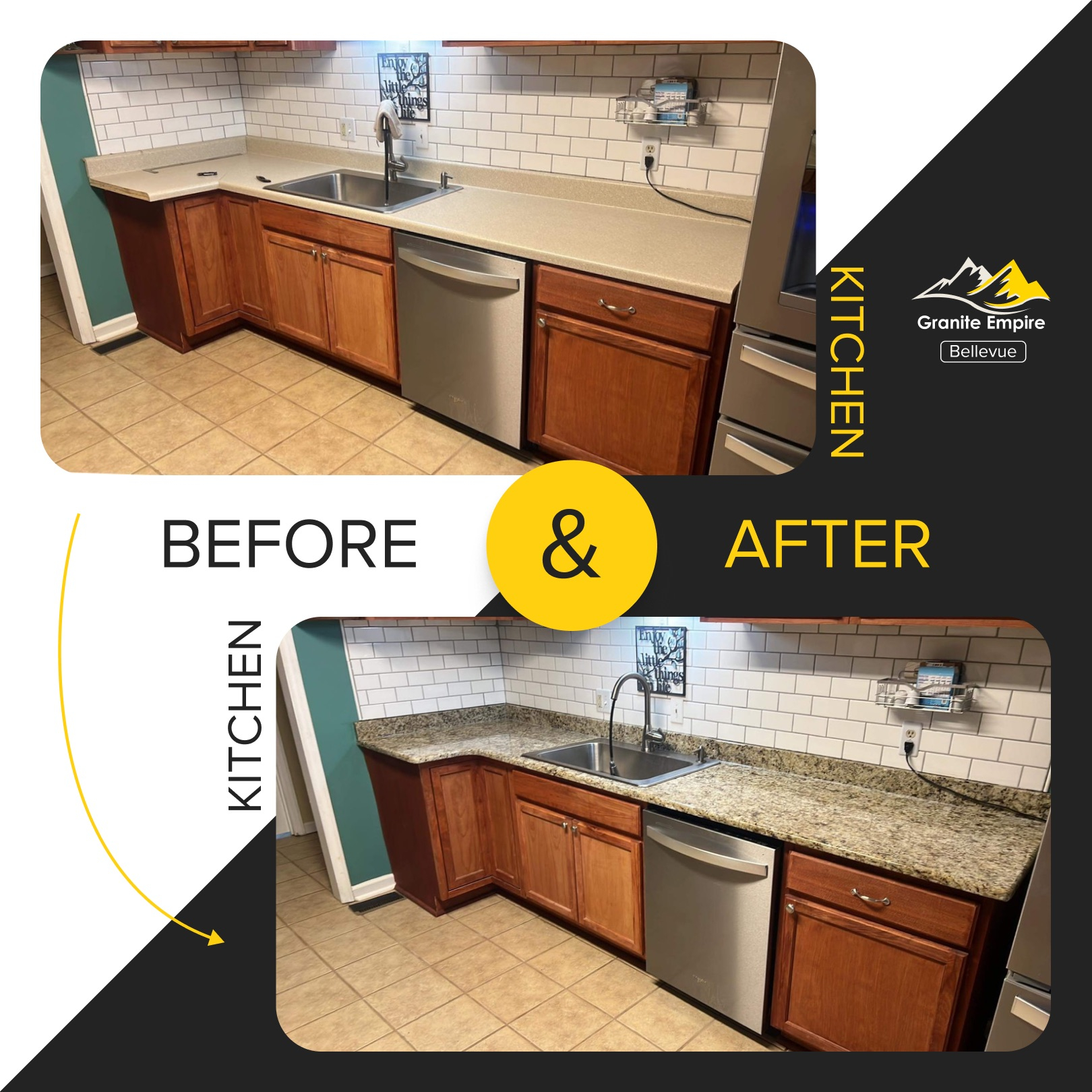Your kitchen sink. It’s more than just a place to wash dishes, right? It’s where you prep meals, rinse fresh produce, and maybe even steal a quiet moment with a cup of coffee. It really is the workhorse of your kitchen, and choosing the right one can make a huge difference in both its functionality and how your whole space feels. Let’s get into it and unpack everything you need to know about modern kitchen sinks, from the ground up.
Think about it for a second. How much time do you actually spend at your sink each day? A lot, I’d wager. It’s the central hub for so many kitchen activities. Because of this, the sink you pick isn’t just an accessory; it’s a crucial component that impacts your daily routine and the overall aesthetic of your kitchen. Gone are the days of just basic stainless steel. Today, there’s a universe of materials, styles, and configurations to consider. We’re going to navigate this landscape together, helping you make an informed decision that you’ll be happy with for years to come. Get ready to decode the modern kitchen sink.
Material Matters: What’s Your Sink Made Of?
The material of your sink is perhaps the biggest decision you’ll make, and it influences durability, appearance, and cost. Let’s break down the most popular options:
Stainless Steel: The Ever-Popular Choice
This is the go-to for many, and for good reason. Stainless steel is incredibly durable, resistant to heat and stains, and relatively affordable. It offers a clean, professional look that fits almost any kitchen style. However, it can scratch, and louder noises from running water or dropping dishes can sometimes be an issue, though many modern sinks come with sound-dampening pads. The gauge (thickness) of the steel is important; a lower gauge means thicker, more durable steel.
Fireclay: Classic Charm and Durability
Fireclay sinks are made by firing clay at very high temperatures, resulting in a dense, vitreous china surface. They are exceptionally hard and resistant to chips and scratches, offering a classic, farmhouse-style aesthetic. They can be quite heavy, so ensure your cabinetry can support the weight. While tough, they can be prone to cracking if subjected to extreme thermal shock (like pouring boiling water directly into a cold sink).
Cast Iron: Heavy Duty and Elegant
These sinks are made by casting iron and then coating it with a thick enamel finish. The result is a sink that’s incredibly strong, durable, and resistant to scratches and dents. They have a beautiful, substantial look and feel. The enamel is generally very resistant to stains and easy to clean. However, cast iron sinks are extremely heavy and can be more expensive. The enamel can chip if a very heavy object is dropped on it, and those chips can be difficult to repair seamlessly.
Composite Granite: Modern Durability and Style
Composite granite sinks are made from a blend of granite dust and acrylic resins. They offer a sleek, contemporary look in a variety of colors, often mimicking the appearance of natural stone. These sinks are highly durable, resistant to scratches, heat, and stains, and are generally quieter than stainless steel. They can be a bit pricier than stainless steel but offer excellent longevity and aesthetic appeal. Be mindful of cleaning products, as some harsh chemicals can dull the finish over time.
Copper: A Warm, Living Surface
Copper sinks are unique and develop a beautiful patina over time as they oxidize. They offer a warm, luxurious, and distinctive look. Copper has natural antimicrobial properties, which is a bonus. However, copper is a softer metal, so it can scratch and dent more easily than other materials. It also requires specific cleaning methods to maintain its appearance and prevent excessive tarnishing. They are often among the more expensive options.
Sink Styles and Configurations: Finding Your Fit
Beyond materials, the style and configuration of your sink play a massive role in how it functions in your kitchen. Let’s explore the common types:
Undermount Sinks: Seamless Integration
These sinks are installed beneath the countertop, creating a smooth, continuous surface from counter to sink basin. This makes cleaning up spills and crumbs incredibly easy – you can just wipe them directly into the sink. They offer a very clean, modern, and minimalist look. Undermount sinks are best suited for solid countertop materials like granite, quartz, or marble, as laminate countertops can be damaged by water seeping under the edge.
Drop-in (Top-mount) Sinks: Easy Installation and Versatility
Drop-in sinks have a rim that rests on top of the countertop, making them generally easier and less expensive to install. They work well with almost any countertop material, including laminates. The rim does create a small ledge where grime can accumulate, making cleaning a bit more involved compared to undermount sinks. They are a very practical and popular choice.
Farmhouse (Apron-front) Sinks: Statement Piece
These sinks feature a distinctive exposed front panel, often called an apron. They evoke a classic, traditional, or rustic feel but can also be incorporated into modern designs for a unique touch. Farmhouse sinks are typically quite deep and spacious, making them great for washing large pots and pans. They can be installed as undermount or flush-mount. Due to their size and weight, they often require specialized cabinetry.
Double Bowl Sinks: The Ultimate in Versatility
Double bowl sinks offer two separate basins, usually divided by a partition. This is fantastic for multitasking. You can wash dishes in one bowl while rinsing or drying in the other, or use one for soaking and the other for general use. They come in various configurations: equal bowls, or one larger and one smaller bowl, allowing you to tailor the setup to your specific needs.
Single Bowl Sinks: Simplicity and Space
Single bowl sinks are straightforward and offer one large, undivided basin. This is ideal for washing large items like baking sheets, roasting pans, and stockpots. They create a clean, uncluttered look and can make a smaller kitchen feel more spacious. If you do a lot of big-item washing, a single bowl is definitely worth considering.
Size and Depth: Practical Considerations
Don’t underestimate the importance of sink dimensions. A sink that’s too small will feel cramped, while one that’s too shallow will lead to splashing and back strain. Consider:
- Width: Standard kitchen sink widths range from 24 to 48 inches. Think about the size of your countertops and how much space you want to dedicate to the sink.
- Depth: Most sinks are between 6 and 10 inches deep. Deeper sinks (8-10 inches) are great for washing large pots and minimizing splashing, but they can make it harder for shorter individuals to reach the bottom comfortably. Shallower sinks (6-7 inches) are easier to access but may not accommodate large items as well.
- Bowl Configuration: As mentioned, double bowls offer compartmentalization. Think about whether you prefer two equal basins or a larger main basin with a smaller secondary one for tasks like food preparation or draining. Single bowls offer maximum unimpeded space.
Faucet Compatibility and Accessories
Your sink choice also dictates your faucet options and potential accessories. Ensure the sink has the correct number of pre-drilled holes for your desired faucet style (e.g., single-hole, widespread, or wall-mount faucets). Many modern sinks can also accommodate accessories like:
- Cutting Boards: Designed to fit over a bowl, adding extra prep space.
- Colanders: Perfect for rinsing vegetables or draining pasta.
- Drying Racks: Useful for air-drying dishes or placing hot pans.
- Bottom Grids: Protect the sink basin from scratches and provide a raised surface for dishes.
Thinking about these additions upfront can help you select a sink that’s truly optimized for your workflow.
Maintenance and Cleaning: Keeping it Sparkling
Every sink material requires a slightly different approach to cleaning and maintenance. For instance:
- Stainless Steel: Use a soft cloth and mild soap. For tougher stains or to restore shine, a specialized stainless steel cleaner or a paste of baking soda and water can work wonders. Always wipe in the direction of the grain and rinse thoroughly.
- Fireclay and Enamel: Gentle cleaning with a non-abrasive sponge and dish soap is usually sufficient. For stubborn marks, a paste of baking soda and water is a good option. Avoid harsh scrubbers that could damage the finish.
- Composite Granite: Mild dish soap and a soft cloth are best. Avoid abrasive cleaners or steel wool, as they can scratch or dull the surface. Many manufacturers recommend specific cleaners for composite materials.
- Copper: Use a soft cloth and mild soap. For a brighter finish, specialized copper cleaners can be used, but many people enjoy the natural patina that develops. Avoid acidic cleaners like lemon or vinegar unless you’re intentionally trying to alter the patina.
Regular cleaning and prompt attention to spills will keep your sink looking its best, no matter the material.
Design Trends and Personalization
Kitchen design is always evolving, and sinks are no exception. While classic materials like stainless steel and fireclay remain popular, we’re seeing trends like:
- Matte Finishes: Especially in composite and stainless steel, matte finishes offer a sophisticated, non-reflective look.
- Color Variety: Composite sinks, in particular, come in a wide array of colors, allowing you to match or contrast with your countertops and cabinetry.
- Integrated Sinks: Where the sink is molded seamlessly as part of the countertop material (like quartz or solid surface), offering an ultra-sleek appearance.
- Smart Sinks: Some sinks now incorporate features like built-in soap dispensers, drain boards, or even smart technology for water temperature control, though these are still quite niche.
Ultimately, the best sink for you is one that balances your aesthetic preferences with your practical needs and budget. Don’t be afraid to mix and match styles to create a kitchen that truly reflects your personality and enhances your daily life.
Choosing a modern kitchen sink is a decision that impacts both the look and the usability of your culinary space. By understanding the different materials available – from the resilient stainless steel and classic fireclay to the stylish composite granite and unique copper – and considering the various styles like undermount, drop-in, and farmhouse, you can narrow down your options considerably. Remember to factor in size, depth, and how your chosen sink will work with your faucet and any desired accessories. With a little research and a clear idea of your needs, you can select a sink that not only looks fantastic but also makes your everyday kitchen tasks a little bit easier and a lot more enjoyable. Happy sink hunting!

